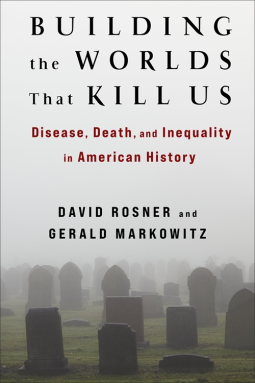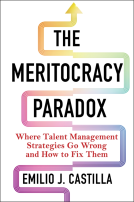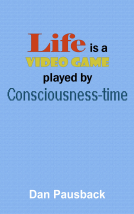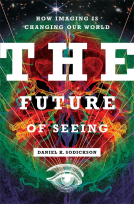
Building the Worlds That Kill Us
Disease, Death, and Inequality in American History
by David Rosner; Gerald Markowitz
This title was previously available on NetGalley and is now archived.
Send NetGalley books directly to your Kindle or Kindle app
1
To read on a Kindle or Kindle app, please add kindle@netgalley.com as an approved email address to receive files in your Amazon account. Click here for step-by-step instructions.
2
Also find your Kindle email address within your Amazon account, and enter it here.
Pub Date 5 Nov 2024 | Archive Date 15 Jan 2025
Talking about this book? Use #BuildingtheWorldsThatKillUs #NetGalley. More hashtag tips!
Description
Across American history, the question of whose lives are long and healthy and whose lives are short and sick has always been shaped by the social and economic order. From the dispossession of Indigenous people and the horrors of slavery to infectious diseases spreading in overcrowded tenements and the vast environmental contamination caused by industrialization, and through climate change and pandemics in the twenty-first century, those in power have left others behind.
Through the lens of death and disease, Building the Worlds That Kill Us provides a new way of understanding the history of the United States from the colonial era to the present. David Rosner and Gerald Markowitz demonstrate that the changing rates and kinds of illnesses reflect social, political, and economic structures and inequalities of race, class, and gender. These deep inequities determine the disparate health experiences of rich and poor, Black and white, men and women, immigrant and native-born, boss and worker, Indigenous and settler. This book underscores that powerful people and institutions have always seen some lives as more valuable than others, and it emphasizes how those who have been most affected by the disparities in rates of disease and death have challenged and changed these systems. Ultimately, this history shows that unequal outcomes are a choice—and we can instead collectively make decisions that foster life and health.
Advance Praise
"The discussion of health disparities has needed an overview book for a long time that links the social and institutional reasons for ill health. This book will be critical to anyone in public health or the health professions as well as to a general audience. I wish I had it when I was teaching."
--Susan M. Reverby, author of Examining Tuskegee: The Infamous Syphilis Study and Its Legacy
Available Editions
| EDITION | Other Format |
| ISBN | 9780231200851 |
| PRICE | US$28.00 (USD) |
| PAGES | 256 |
Available on NetGalley
Average rating from 8 members
Readers who liked this book also liked:
Carine Laforest;
Children's Fiction
We Are Bookish
Historical Fiction, Literary Fiction, Multicultural Interest
Dan Pausback
Computers & Technology, Religion & Spirituality, Self-Help
Sravana Borkataky-Varma; Anya Foxen
Health, Mind & Body, Nonfiction (Adult), Religion & Spirituality
The School of Life
Health, Mind & Body, Parenting & Families, Self-Help


















